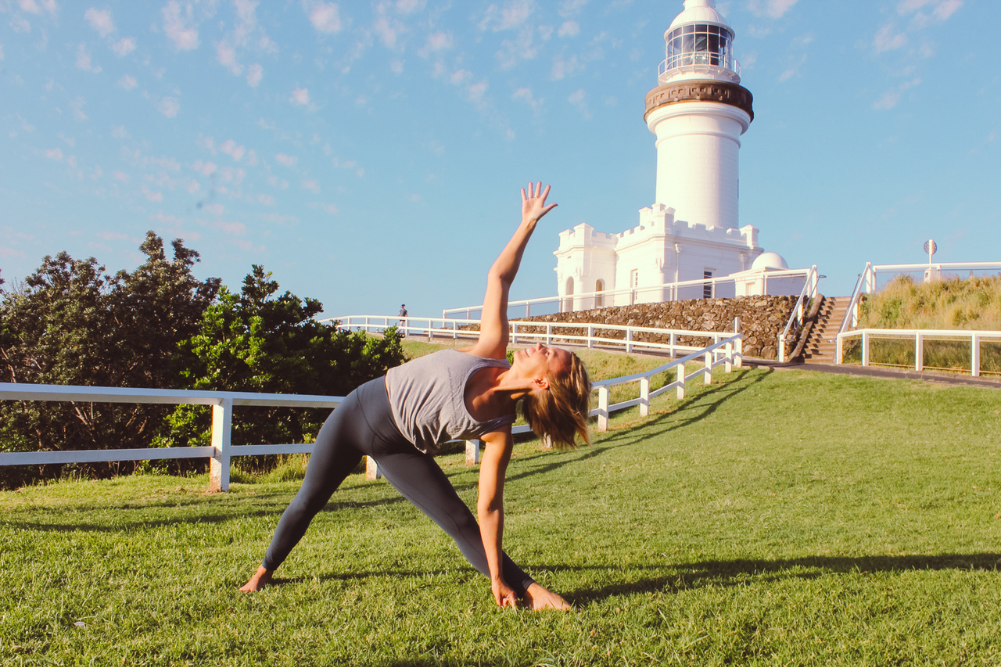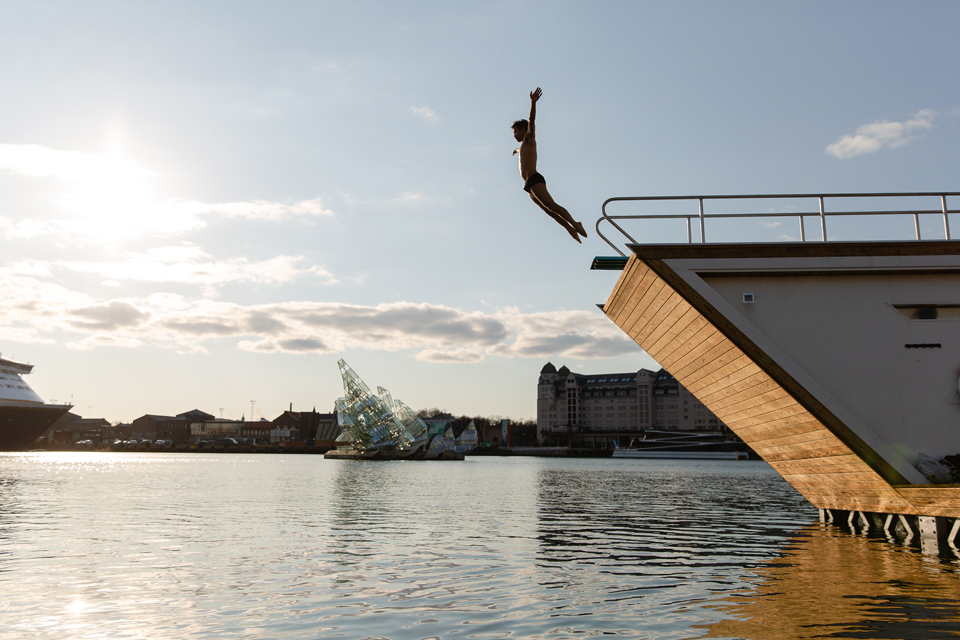What if moving at nature’s pace, slow enough to deeply listen to the landscape, including your own inner landscape, was more valuable than rushing from place to place or through a never ending to-do list?
We live in a culture focused on doing. A culture in which smelling flowers and staring at the sky are a nice luxury we can’t afford. Spending quiet, slow time wandering in nature may actually feel shaming for some of us. Yet, deep listening and living intimately connected with the land have been an integral way of being for Indigenous people around the globe for thousands of years. It helps them to know how to live well, to be healthy and to keep things in balance.
Our modern industrial growth society is the first human culture to have forgotten our interconnection with and dependence on the living Earth, and we are suffering for it.
Coming back to nature is a simple and powerful way we can heal. It requires no special talents, it is not competitive and you don’t even need to hike in the wilderness to do it. Meaningful connection with nature is possible in the middle of even the busiest cities. And it’s increasingly happening all around the world.
What is forest bathing?
Forest bathing, also known as shinrin-yoku in Japanese, is a form of mindfulness practised in the outdoors where you allow yourself to simply be in nature. Growing in popularity across the globe, forest bathing encourages you to slow down and enjoy a restorative connection with the natural world.
Science tells us that the shapes, colours, textures, smells and sounds of nature variously act on our sensory, nervous and immune systems to help us relax and come back into physiological balance. The Japanese have been conducting research on the effects of being in forests for 30 years. Because of the encouraging results, shinrinyoku is a standard part of their national health system. Doctors can prescribe nature therapy for their patients on the 48 certified healing forest trails that have been designated for the practice of shinrin-yoku.
When you think that humans evolved over hundreds of thousands of years in nature without buildings, artificial lights, screens or air conditioning, it seems logical that our biological systems are wired to be happiest outside.
A sense of reconnection
Taking it to a deeper level, forest bathing is an invitation to remember our intrinsic interconnection with the natural world. We are part of nature, not
separate to or above it. This remembering, when it occurs, can be a profoundly emotional experience for participants on a forest bathing walk.
Forest therapy guides are trained to witness and support people through these experiences and to facilitate real and vulnerable sharing within the group. Certified nature and forest therapy guides are often trained counsellors, psychologists, occupational therapists, yoga and meditation teachers and other healing professionals who share the view that nature
is healing for the body, mind and spirit.
How to forest bathe
Nature and forest therapy guiding is a growing profession and, depending on where you live, you may have a guide near you. If you don’t have access to a guide, you can certainly engage in some forest bathing yourself, although it might feel a little foreign at the start.
The next time you go for a walk in nature, don’t take your phone or your headphones. Instead, take your shoes off. Pay attention to the birds you see and hear. Sit underneath a tree and ask it if it’s OK to lean against it. Listen to how it responds. Notice how you literally breathe each other into existence. Collect some stones or leaves and make an artwork on the ground. Let yourself play. When you go home, tell someone (or your journal) the story of your walk.
Practise forest bathing regularly. Pass it on. Louise Kiddell is a certified Nature and Forest Therapy Guide, meditation teacher, environmental
educator and counsellor in training. She guides Nature Connection walks and workshops in and around Sydney. W: barefootwellbeing.com
Words LOUISE KIDDELL
Want to learn more about being moved? Visit our moved archived page





1 thought on “Finding natures pace: the benefits of forest bathing”